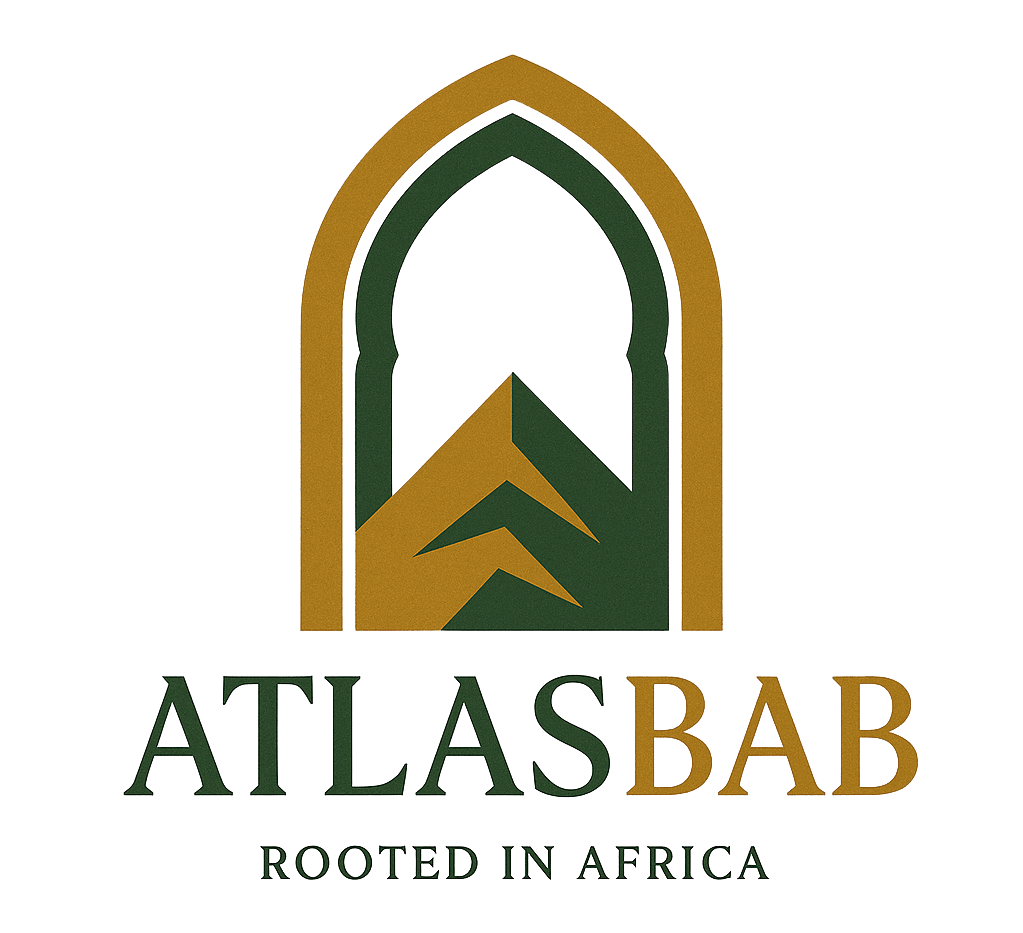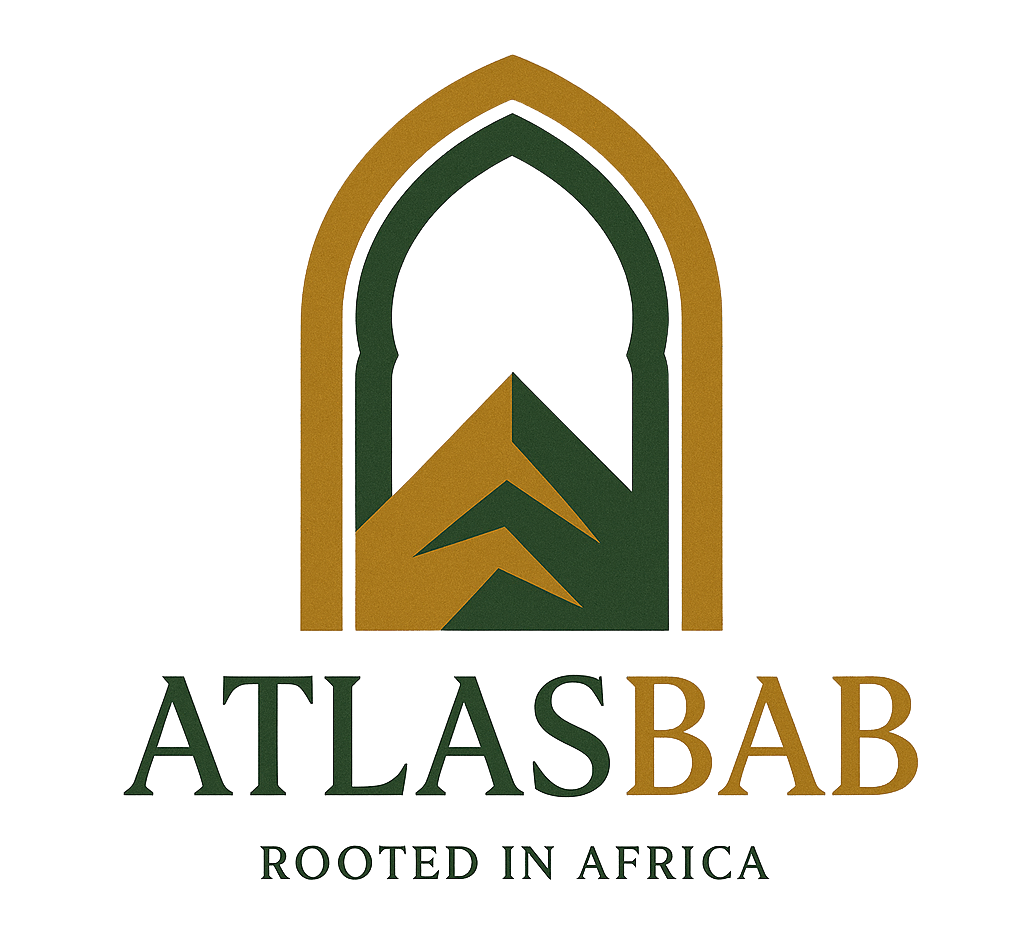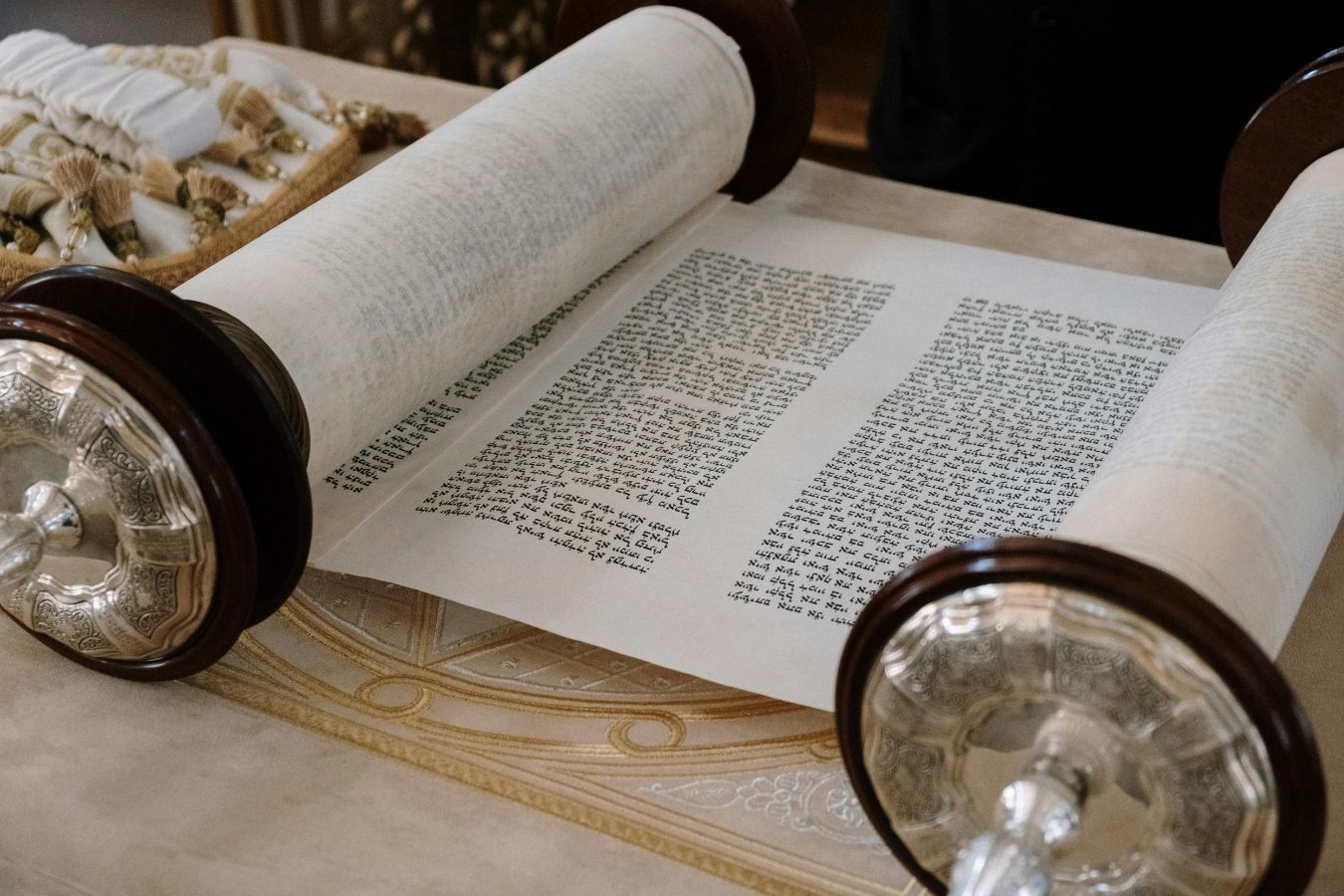Morocco, a land known for its vibrant culture and rich history, is home to a unique and often overlooked chapter in its past—the Jewish community. For over two thousand years, Jews have lived in Morocco, contributing significantly to its social, economic, and cultural landscape. Despite the decline in numbers in recent decades, Jewish Morocco remains a profound part of the country’s identity, with its legacy etched in the architecture, traditions, and stories that continue to shape Moroccan life today.
This post invites you to take a journey through the memory of Jewish Morocco, exploring the vibrant communities, historical sites, and cultural connections that have survived the passage of time. From the ancient mellahs (Jewish quarters) to the stories of coexistence and resilience, Jewish Morocco is a testament to the richness of Moroccan diversity and the importance of preserving cultural memory.
A Storied History: Jews in Morocco Through the Ages
The history of Jews in Morocco dates back over 2,000 years, long before the rise of Islam in the region. Jewish traders and artisans are believed to have settled in Morocco as early as the Roman period, and their presence was solidified during the Arab conquest in the 7th century. As Morocco became a melting pot of various cultures and religions, the Jewish community grew to be an integral part of Moroccan society.
Throughout the centuries, Jews in Morocco were well-established in both urban and rural areas. They played vital roles in commerce, crafts, and scholarship, contributing to the thriving trade routes that passed through Morocco and connecting the country to Europe, the Middle East, and sub-Saharan Africa.
Under the Almohad dynasty in the 12th century, Jews faced persecution, and many were forced to convert to Islam or flee the country. However, during the reign of other dynasties, such as the Alawite dynasty, Jews were often treated with tolerance and lived relatively peacefully alongside their Muslim neighbors. Over time, Jews became an integral part of Moroccan life, contributing to the arts, sciences, and politics.
The mellahs, or Jewish quarters, were established in cities like Marrakesh, Fez, and Casablanca, creating tight-knit Jewish communities within the larger Moroccan urban centers. The mellahs were hubs of Jewish life, with synagogues, schools, and markets that fostered a sense of community and identity.
The Mellahs: Preserving the Jewish Legacy in Moroccan Cities
The mellahs of Morocco are some of the most iconic remnants of Jewish life in the country. These neighborhoods, which still exist in several Moroccan cities, serve as powerful symbols of the country’s Jewish heritage.
In Marrakesh, the mellah is nestled in the heart of the medina, with narrow alleys and tightly packed houses that tell the story of the community’s long-standing presence in the city. Walking through the mellah today, visitors can still find traces of Jewish history, such as the Slat al-Azama Synagogue, one of the oldest synagogues in the city. The synagogue, with its intricate woodwork and colorful tiles, reflects the deep roots of the Jewish community in Marrakesh.
Similarly, Fez’s mellah is home to some of the most important historical sites in Jewish Morocco, including the Aben Danan Synagogue and the Jewish cemetery. The Aben Danan Synagogue, dating back to the 17th century, is a testament to the thriving Jewish community in Fez, with its stunning architecture and beautifully preserved interior.
The Casablanca mellah, once the center of the city’s Jewish community, has undergone significant changes, but it still holds remnants of its rich history. Casablanca’s Jewish museum, located in the former Mellah district, provides an in-depth look at the history of Jews in Morocco, with exhibits that showcase everything from traditional Jewish religious objects to documents reflecting the strong ties between Morocco and Jewish communities in Europe and the Middle East.

Cultural Contributions: The Jewish Influence on Moroccan Traditions
The Jewish community in Morocco has left an indelible mark on the country’s culture and traditions. Jewish Moroccans contributed to the arts, cuisine, music, and festivals that are still celebrated across the country today.
One of the most significant contributions is in Moroccan cuisine, where Jewish culinary traditions have been integrated into the broader Moroccan food culture.
Music also bears the mark of Jewish influence in Morocco. The Andalusian music tradition, which originated in Muslim Spain, was embraced by both Jewish and Muslim musicians. The Gnawa music, known for its spiritual and rhythmic nature, was also influenced by the Jewish community’s African roots. Jewish musicians were instrumental in the development of these musical traditions, and their legacy continues to be celebrated today.
Jewish holidays, such as Hanukkah and Passover, have also left their mark on Moroccan culture. While these holidays are primarily celebrated within Jewish households, their presence has become part of the broader cultural fabric of Moroccan life, especially in areas with significant Jewish populations.
The Decline of Jewish Communities and the Exodus
In the 20th century, following Morocco’s independence in 1956, the Jewish population began to decline. Political changes, economic instability, and the establishment of the State of Israel in 1948 led to the mass migration of Jews from Morocco, with many settling in Israel, France, and other parts of the world.
By the 1960s, the once-thriving Jewish communities of Morocco had dwindled significantly, and today, fewer than 3,000 Jews remain in Morocco, primarily concentrated in Casablanca. Despite the challenges and changes over the years, the Jewish heritage of Morocco remains an integral part of the country’s cultural landscape.
In recent years, there has been a renewed interest in preserving Morocco’s Jewish history. The Moroccan government, along with various cultural and religious organizations, has undertaken efforts to restore Jewish cemeteries, synagogues, and other historical sites, ensuring that the legacy of the Jewish community is not forgotten.
Jewish Morocco Today: A Living Legacy
Despite the decline of the Jewish population, the legacy of Jewish Morocco is still alive and well. The vibrant Jewish heritage continues to influence Moroccan culture, from the preservation of historical sites to the ongoing celebration of Jewish holidays and traditions.
In Marrakesh, Fez, and Casablanca, efforts to preserve the Jewish community’s cultural and religious sites continue to attract visitors from all over the world. The Museum of Moroccan Judaism in Casablanca stands as a powerful reminder of the once-thriving Jewish community, showcasing the contributions of Jews to Moroccan society and offering a glimpse into the rich history of Jewish life in Morocco.
Morocco’s Jewish heritage also plays a vital role in the country’s broader approach to religious tolerance and coexistence. While the number of Jews in Morocco may be small, their presence continues to be celebrated as part of the country’s diverse and inclusive identity.
Jewish Morocco is a story of resilience, coexistence, and cultural richness. For over two millennia, Jews have been an integral part of Morocco’s history, contributing to the country’s vibrant culture, traditions, and society. The memories of their presence live on in the streets of Fez’s mellah, the synagogues and cemeteries, and the culinary and musical traditions that continue to thrive today.
As we journey through the memory of Jewish Morocco, we are reminded of the importance of preserving cultural heritage and celebrating the diverse communities that have shaped the country. The story of Jewish Morocco is a testament to the strength of cultural memory and the enduring power of history to shape the present and future.


